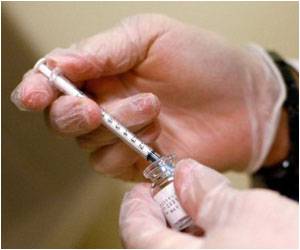A new study says that doctor shopping has led to measurable increases in drug use among postoperative orthopedic trauma patients.

The study found that overall, 20 percent of patients were "doctor shopping." The group that sought multiple providers for postoperative narcotics ("doctor shoppers") used narcotics four times longer than single provider patients (112 days versus 28 days); had a median of seven narcotic prescriptions compared to two prescriptions; and had a higher morphine equivalent dose (MED) each day (43 milligrams versus 26 milligrams) than the single-provider group.
The study also found that patients were 4.5 times more likely to seek out an additional provider if they had a history of preoperative narcotic use. The study authors recommend close monitoring of narcotic prescriptions and related requests following orthopaedic surgery.
Source-Eurekalert









